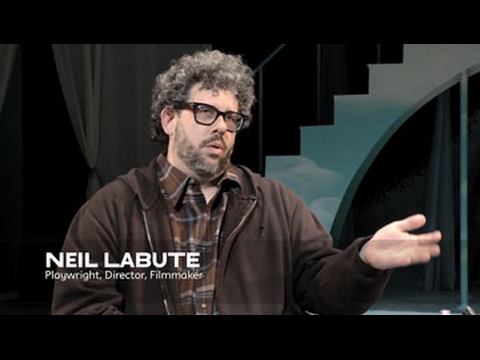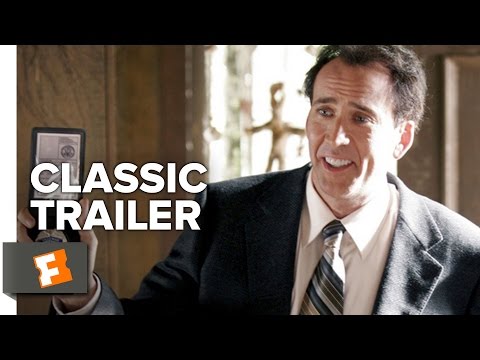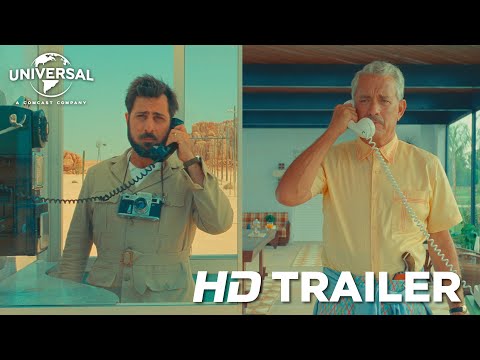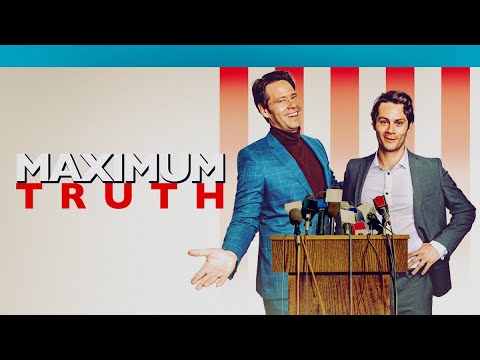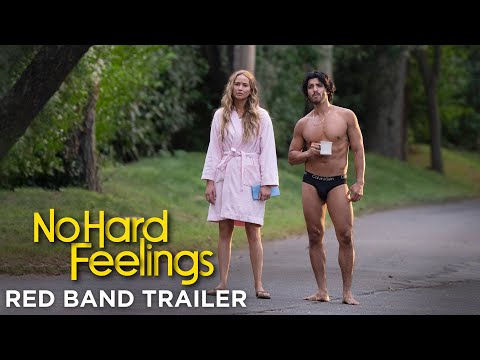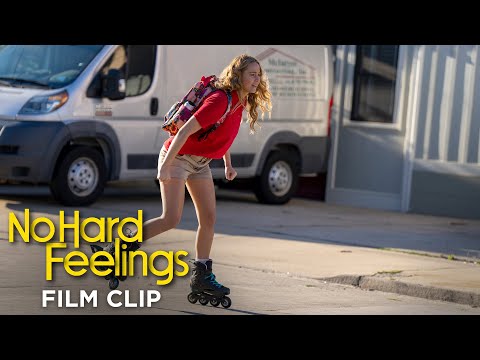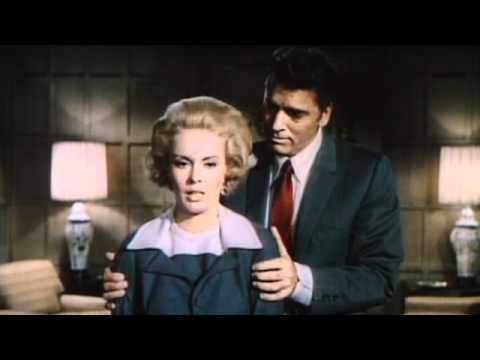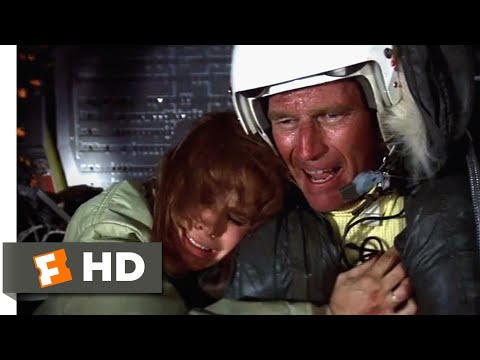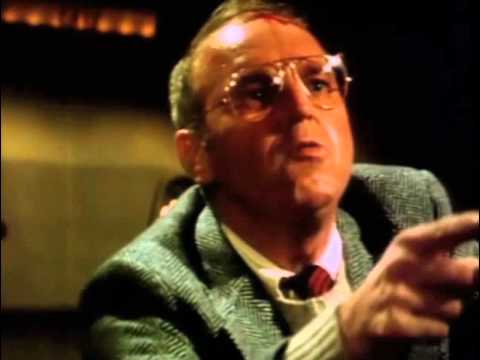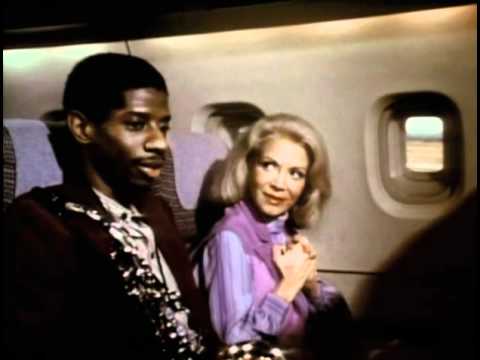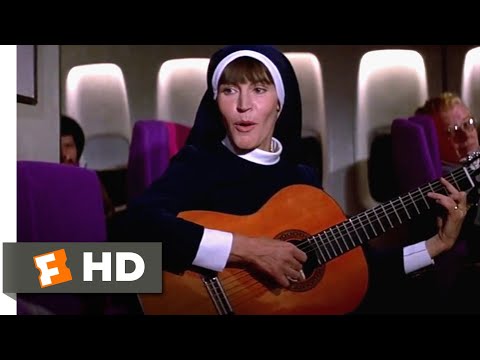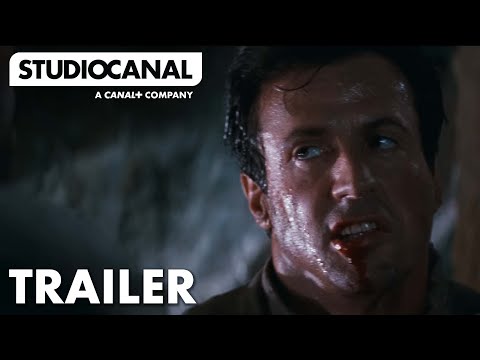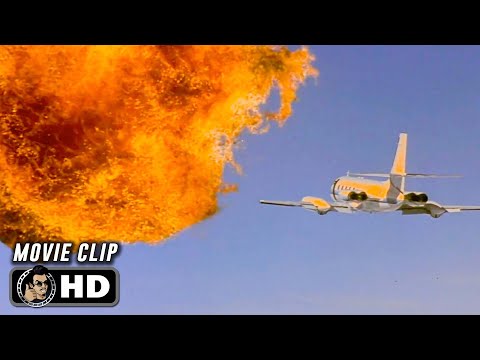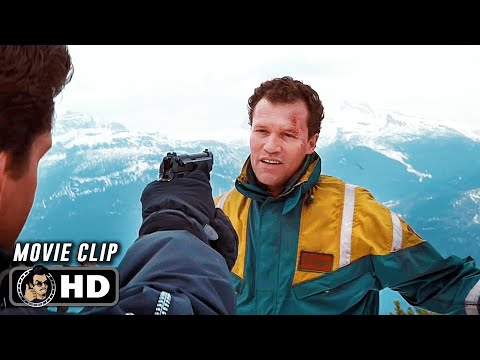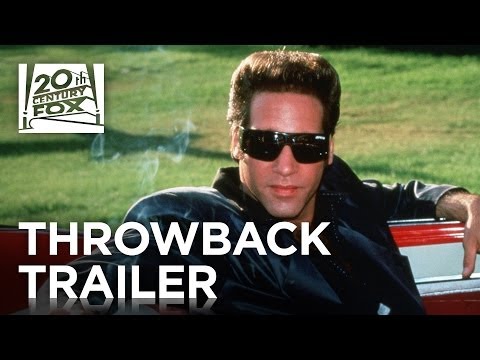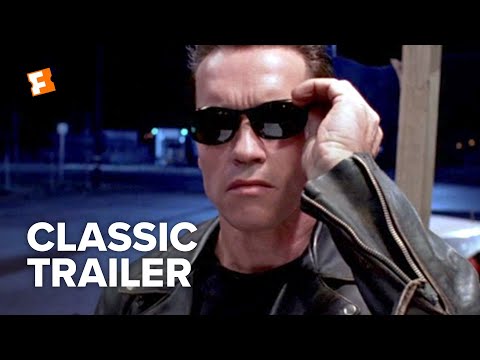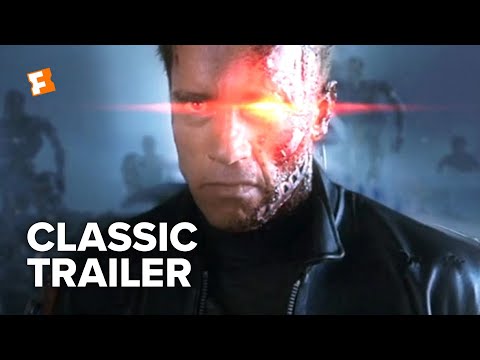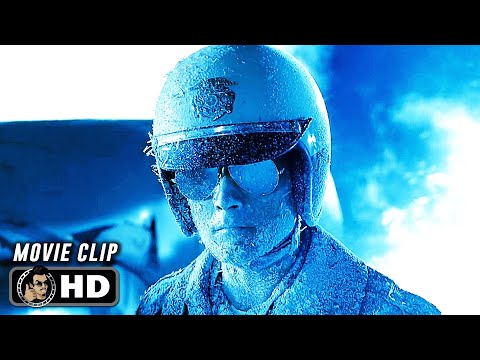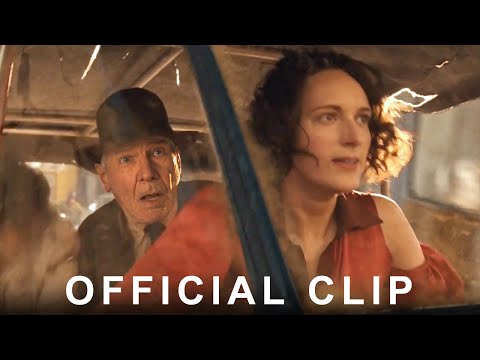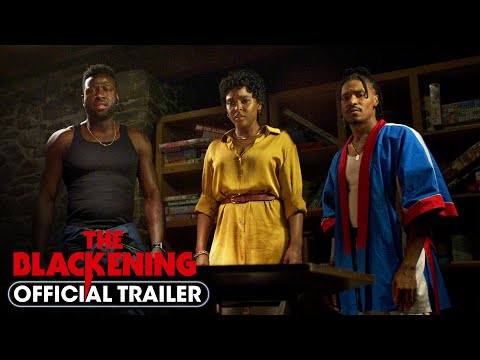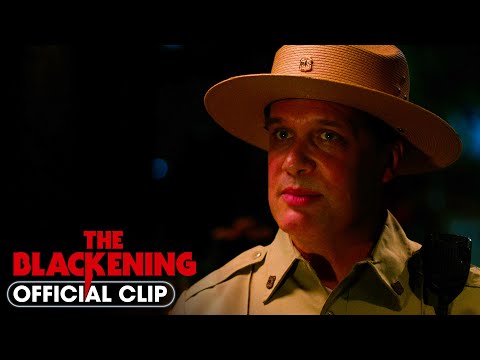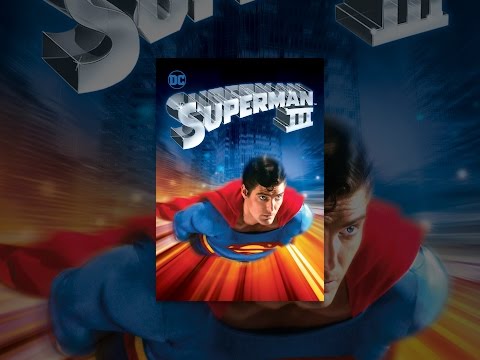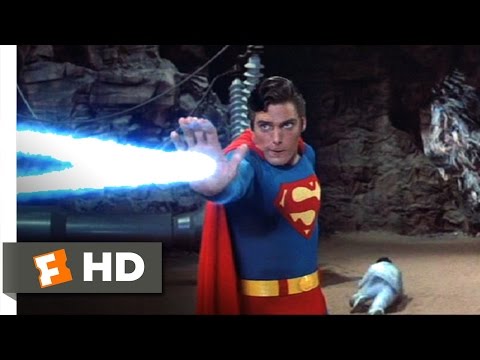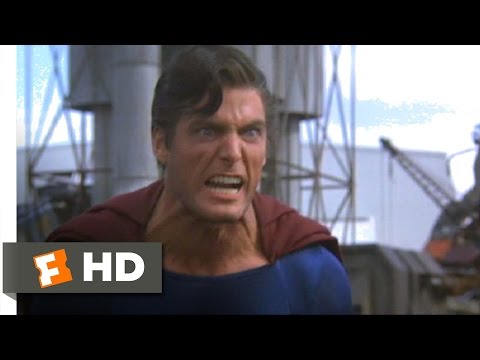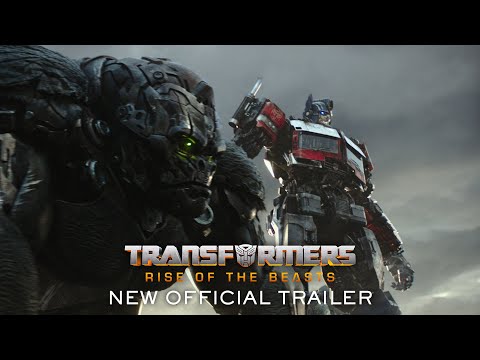James Mangold’s “Indiana Jones and the Dial of Destiny” is not the hang-up-the-hat-and-whip career capper it wants to be.
In fact, that’s still “Indiana Jones and the Last Crusade” (1989), which not only ended in perfect fashion but remains Steven Spielberg’s best comedy.
Mangold’s attempt to match both the style and feel of Spielberg is as hit and miss as the film itself. Sometimes it’s enough just having Harrison Ford return as the unflappable archeologist/awful college professor Henry “Indiana” Jones, and sometimes this final entry chokes on its big swings and overdone attempts to wrap up something that ended decades ago.
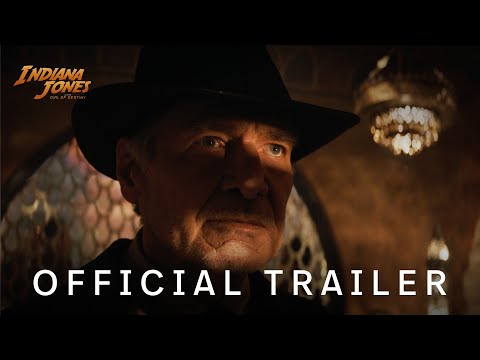
It begins with an extended flashback sequence, showing Ford’s Dr. Jones battling the Nazis for the possession of not one but two desired objects, with one of them revealed as a fake- this is the first mistake the movie makes. If you’re going to declare the existence of a wild McGuffin (I won’t reveal it here) that the Nazis are after and then call it a fake-out, make sure your actual/second McGuffin is as intriguing as the first (it isn’t).
The first 20-or-so minutes of the film present the most ambitious use of de-aging CGI effects yet, as a “younger” Harrison Ford is front and center for this entire portion. It works in moments, but the illusion doesn’t hold for entire scenes. Much worse is how we’re looking at the digitally de-aged Ford but hear his gruff older voice, which is nothing like the vocal range he had in the 1980s.
As in Martin Scorsese’s “The Irishman” (2019), my desire for this f/x illusion to work and how it holds up for a couple of seconds is not the same as succeeding in fooling me. Hiring a younger actor as a stand-in (as Mike Flanagan cleverly did for “Doctor Sleep”) would have worked much better.
Or, hire a young actor for this portion to stand in for Ford, as River Phoenix once did, brilliantly, in “Indiana Jones and the Last Crusade.”
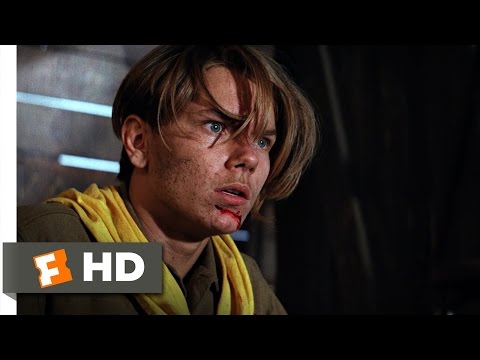
Anyway, Toby Jones co-stars as Basil Shaw, a new colleague who accompanies Jones on a mission to obtain a new totem, which is sought after by a Nazi named Dr. Voller (played by Mads Mikkelsen). Decades later, Jones is now a geriatric, retiring from teaching and seemingly disconnected from the late 1960’s counterculture youth movements around him.
When Basil’s daughter Helena (played by Phoebe Waller-Bridge) appears, a worldwide chase begins for the still-desired totem, as Dr. Jones struggles to keep up with all the running and swashbuckling.
A problem from the prior film presents itself immediately: there are far too many characters here, as I often struggled to keep track of who all the new people are on a scene-to-scene basis, and I rarely cared about anyone aside from Indiana Jones.
“Indiana Jones and the Kingdom of the Crystal Skull” (2008) presented Dr. Jones with too many side characters in his entourage or chasing him in the background and the same goes here; considering the most beloved entry in this series is about a father and son reconnecting on an adventure, you’d figure the filmmakers would take a hint, but no.
Indiana Jones and the Dial of Destiny unveils fate of Shia LaBeouf’s Mutt, Indy’s son
Indiana Jones and the Dial of Destiny addressed what happened to Shia LaBeouf’s Mutt, the son of Harrison Ford’s adventurer, after the events of Kingdom of the Crystal Skull. Article credi… pic.twitter.com/PzwBn38Fzc— Dr.LyndaBarnes (@MrsBarnesII) June 28, 2023
I was happy to see Ford and not his digital facsimile take the film by the reigns, but the first act of the film is much worse than anything from the unloved but not entirely disastrous prior entry. Despite Mangold previously helming “Ford vs Ferrari” (2019), “The Wolverine” (2013) and “3:10 to Yuma” (2007), his ability with action sequences is touch and go here.
Waller-Bridge has the breakout scene stealer performance of the film, but her character is hard to like for much of the movie. Considering how forceful Mikkelsen’s presence is, it’s a wonder that the supporting cast is cluttered with so many other, lesser villains.
FAST FACT: Fans may dislike the 2008 “Kingdom of the Crystal Skull,” but the fourth film in the Indiana Jones saga earned an impressive $317 million stateside along with $473 million from international theaters.
I was feeling underwhelmed for most of the way, but a funny thing happened an hour in: the movie mostly grew on me. In addition to liking the acknowledgement that our favorite film characters do grow old, I appreciated how the film referenced the prior entries. A conversation about both Mutt Lang and Marion Ravenwood is my favorite emotional aside here.
Likewise, the reprise of Jones’ fear of snakes and even a verbal mentioning of the divisive, thrilling “Indiana Jones and the Temple of Doom”(1984) really works.
Mangold’s film picks up once Antonio Banderas shows up and an old school underwater dive is something new for the franchise. The politics here aren’t fleshed out – while a reflection on the personal losses of the Vietnam War are touched upon, the bit where Jones smacks a Nazi across the face with an anti-war sign doesn’t really connect (exactly what Jones feels about Vietnam, let alone the draft and developing movements, is never fleshed out).
RELATED: HiT REWIND: ‘INDIANA JONES/KINGDOM OF THE CRYSTAL SKULL’
Without describing anything explicitly, I’ll carefully state that the third act goes in welcome, unexpected directions that will divide fans, likely outrage many but, really, isn’t any more or less insane than where this series has gone before.
Lingering complaints that this and especially the prior installments are “unbelievable” can be countered with reminders of greatest hits moments like melting Nazis, three people jumping out of a plane in an uninflated raft (and surviving!) and a Knight who hangs out in a cave for centuries, only to act like an unforgiving game show host.
These movies have always been ridiculous and it’s part of the appeal. The question is whether the movie takes its story gimmick as far as it could go; in the prior sequel, I’d say the extraterrestrial angle was only half-there. Here, the final scenes could have gone even farther, but I was grateful for how wild things get.
Ford’s final lap in this role has enough going for it to be seen once, though it’s the least in the series (yes, I prefer the one with Cate Blanchett’s Russian villain and cinema’s most infamous refrigerator).
Not only does “The Last Crusade” remain the unmatchable swan song for this series, Ford’s final return as Han Solo and Rick Deckard are more fleshed out and engrossing.
The appeal of “Indiana Jones and the Dial of Destiny” (ugh, that title!) is that its “old fashioned,” aimed at grownups and has exhilarating moments. As much as I liked how this ended, it didn’t make me want another installment, which was certainly not how I felt the first time I watched the first and best entry, “Raiders of the Lost Ark” (1981).
Sorry, Dr. Jones, but the man in the hat was right: you belong in a museum.
Two and a Half Stars
The post ‘Dial of Destiny’ and the Lowering of Indiana Jones’ Expectations first appeared on Hollywood in Toto.
The post ‘Dial of Destiny’ and the Lowering of Indiana Jones’ Expectations appeared first on Hollywood in Toto.
from Movies - Hollywood in Toto https://ift.tt/LtXvfZ0




